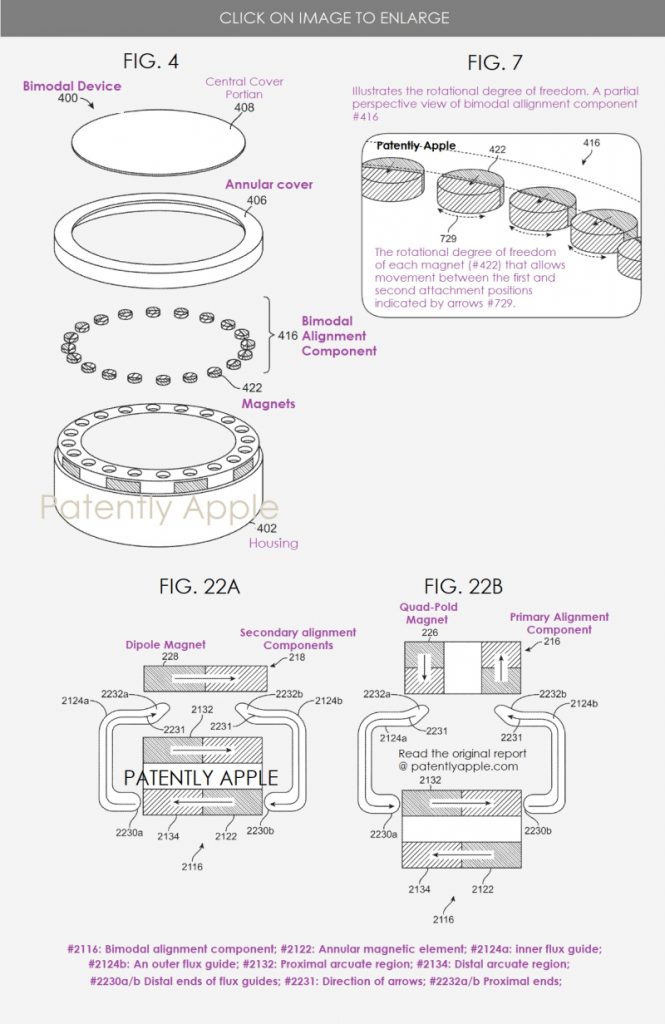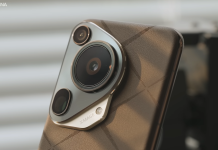A new Apple patent filing has revealed the use of a bimodal reverse recharging system on a future iPhone, which could potentially enable the phone to wirelessly recharge accessories. This news follows rumors and reports that have circulated in recent years about the possibility of reverse charging on an iPhone. In October 2020, MacRumors reported on an FCC filing that supported the idea of reverse charging on an iPhone, but in February 2021, Mark Gurman claimed that wirelessly recharging accessories was unlikely in the near term.
The new patent filing, which was published by the US Patent & Trademark Office last Thursday, relates to a wireless charging system using bimodal magnetic alignment components for alignment of devices. Currently, the wireless recharging system on the back of an iPhone is limited to a large coil that cannot support charging smaller devices like an Apple Watch.

Apple‘s patent background notes that wireless charging technologies have been developed that exploit electromagnetic induction to charge portable electronic devices without the need for a charging cord. For example, some portable electronic devices can be recharged by merely resting the device on a charging surface of a wireless charger device. A transmitter coil disposed below the charging surface is driven with an alternating current that produces a time-varying magnetic flux that induces a current in a corresponding receiver coil in the portable electronic device.
However, sometimes the alignment of the magnets can be difficult to set correctly, which can affect the efficiency of power transfer. To solve this problem, Apple‘s new patent introduces bimodal magnetic alignment components, which can attract and hold a pair of devices in the desired alignment. These alignment components can include primary and secondary components, each of which has an annular arrangement of magnets with a fixed arrangement of magnetic polarities. When the primary and secondary components are brought into proximity with each other, they will attract and hold the devices in the desired alignment.
In summary, the bimodal reverse recharging system on a future iPhone could potentially enable the phone to wirelessly recharge accessories, thanks to the use of bimodal magnetic alignment components. While it is not yet clear when this technology will be implemented, it shows that Apple is exploring ways to improve the wireless charging capabilities of its devices.
Related:
- iPhone 15’s A17 Chip Could Be More Focused on Battery Life Than Power
- Apple iPhone’s Find My feature helps save woman involved in a Car Crash
- Chinese Woman’s iPhone 12 Pro Left Unscathed After Allegedly Falling From the 26th Floor
- Apple Could Adopt New Strategy For iPhones Next Year, 15 Plus Might Be Cheaper Than iPhone 14 Plus
- Apple Releases a Special AirPods Pro for Chinese New Year
(source)







